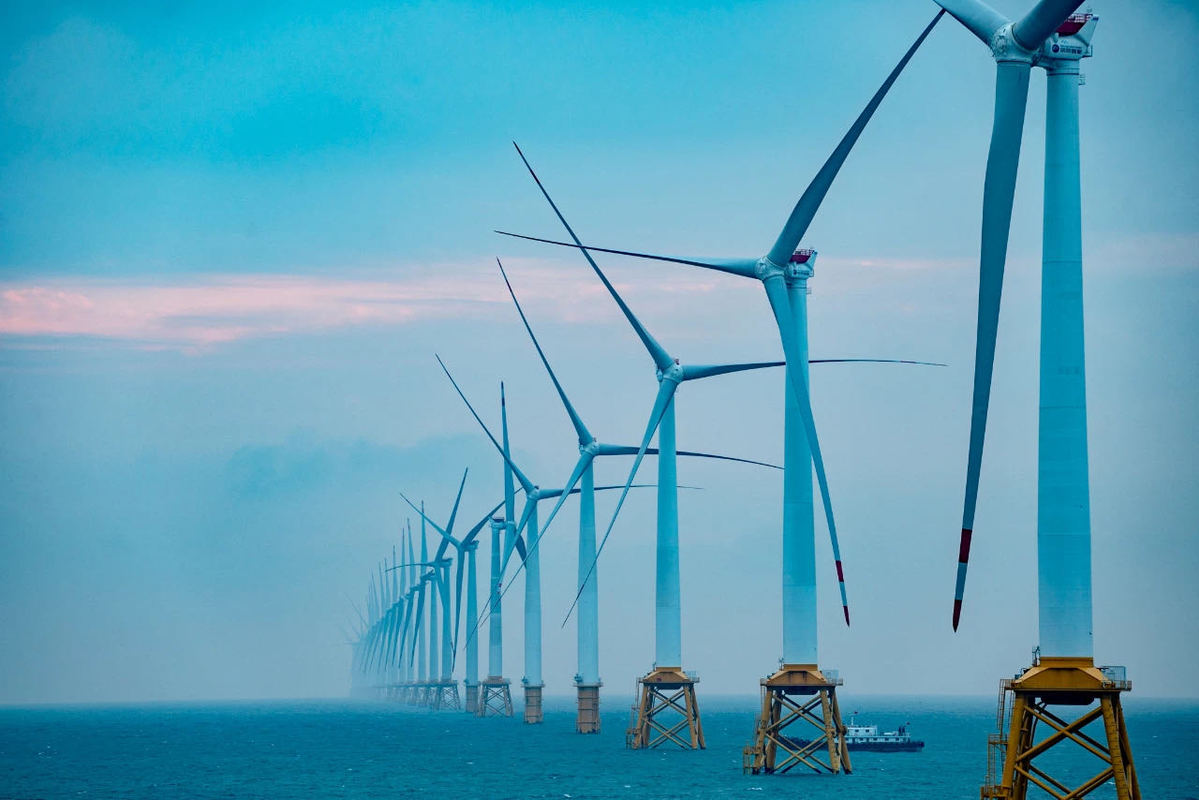China’s Green and Low-Carbon Development Philosophy

China was at forefront in the efforts to clinch the Paris Agreement, and is committed to fulfilling its pledges to address climate change and helping and mobilizing more countries to take actions to protect our shared home.
On Dec. 12, 2015, nearly 200 nations from across the world agreed at the Paris Climate Conference to limit global warming to well below 2 degrees Celsius, preferably to 1.5 degrees Celsius, compared with pre-industrial levels.
The conference, also known as COP 21, was a huge success, as it produced the first comprehensive climate pact – the Paris Agreement – applicable to all countries.
It has changed the regulatory regime of global climate governance in terms of adopting a kind of bottom-up approach where individual countries are required to announce their own Intended Nationally Determined Contributions (INDCs) to address climate change.
Five years in, governmental and nongovernmental leaders attended a virtual summit to mark the fifth anniversary of the Paris Agreement.
Addressing the Climate Ambition Summit, Chinese President Xi Jinping announced China’s intention to cut its carbon dioxide emissions per unit of GDP by over 65% by 2030 compared to the 2005 level, increase the share of non-fossil fuels in primary energy consumption to around 25%, increase the forest stock volume by 6 billion cubic meters from the 2005 level, and bring its total installed capacity of wind and solar power to over 1.2 billion kilowatts.
This is another major ambitious announcement made by China to cope with the growing impact of climate change following its latest pledge made in September aiming to see a peak in its carbon dioxide emissions before 2030 and then achieve carbon neutrality before 2060.
All these targets elaborate a clearer charter for China’s endeavors to address climate change, and also send a positive signal to the rest of the world that it is firmly committed to a green and low-carbon development philosophy.

Following the guiding principle that “lucid waters and lush mountains are invaluable assets,” China has been stepping up efforts to pursue the vision of innovative, coordinated, green and open development for everyone.
The central government has integrated the fight against climate change into its medium- and long-term plans for economic and social development. Remarkable achievements have been made in terms of CO2 emissions reduction and the utilization of renewable energy.
China’s cumulative installed capacities of hydropower, wind power and solar photovoltaic power each rank top in the world. By 2019, carbon emission intensity had fallen by 48.1% compared with 2005, exceeding the target set in 2015 of reducing carbon emission intensity by 40%-45% ahead of schedule.
Moreover, the Chinese government is committed to building a fair, reasonable and win-win global climate governance system and working together with other countries to come up with a worldwide solution for sustainable development so as to tackle climate change.
Given the challenges of climate change, no one can stand aloof and follow a path of unilateralism, which will lead nowhere, but only sharpen rivalries and trigger cut-throat competition. Only by upholding multilateralism, unity and cooperation can the world deliver shared benefits and win-win for all nations.
China was at forefront in the efforts to clinch the Paris Agreement, and is committed to fulfilling its pledges to address climate change and helping and mobilizing more countries to take actions to protect our shared home.
Sajjad Malik is a columnist with China.org.cn.
 Facebook
Facebook
 Twitter
Twitter
 Linkedin
Linkedin
 Google +
Google +










